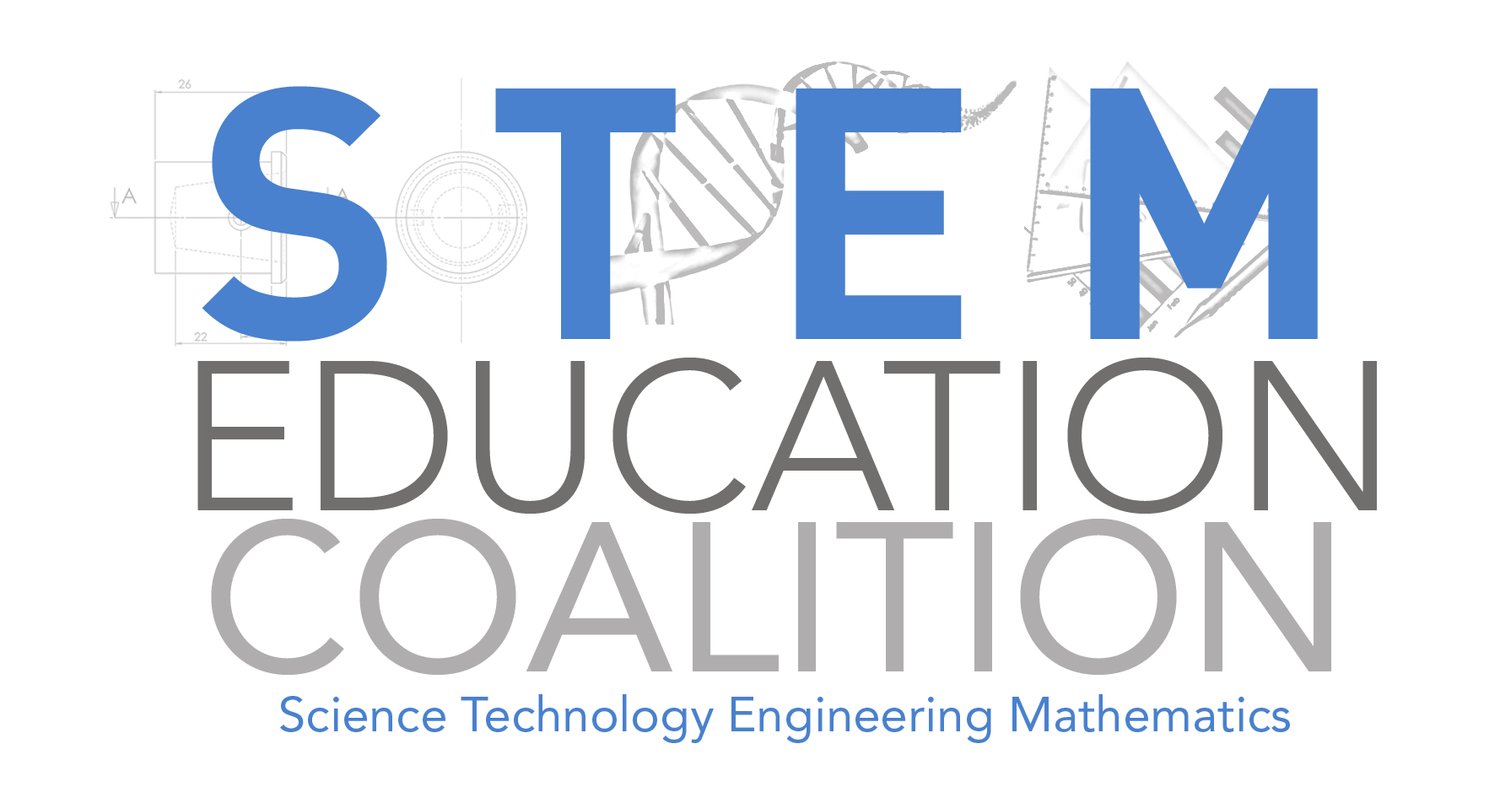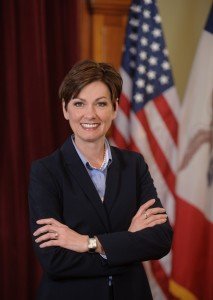Featured STEM Interview: Iowa Lt. Gov. Kim Reynold
June 5, 2014:
As a part of the STEM Education Coalition’s ongoing effort to interview leading federal and state policymakers on STEM issues of the day, we are proud to present the following interview with Iowa Lt. Governor Kim Reynolds, who Co-Chairs the Iowa Governor’s Council on STEM Education. A special thank you to our member the American Society for Biochemistry and Molecular Biology for their help in generating the interview questions.
´
Q: Why has Iowa made such a commitment to STEM education?
Reynolds: In Iowa, we’re working hard to prepare all Iowa students for the jobs of tomorrow. We know they will be competing in a knowledge-based, global economy that demands a highly skilled workforce and a strong educational foundation.
That’s why nearly three years ago, Governor Terry Branstad established the Iowa Governor’s STEM Advisory Council. The Council is a public-private partnership comprised of 45 visionary leaders representing business, education, nonprofits, students, legislators, and many others.
The Council’s mission is ambitious: raising student interest and achievement in STEM subjects, and enhancing STEM economic development.
We’re already seeing great results in Iowa. This is partly due to the bipartisan approach taken by our Legislature and the appropriations they have provided – $4.7 million in 2012 and $5.2 million in 2013 and in 2014.
The state’s investment has been leveraged to draw in more than $2 million in additional funding from federal, foundation, business, and partner cost-share.
Q: What is your personal motivation for improving STEM education in Iowa?
Reynolds: As a high school student growing up in St. Charles, Iowa, it never occurred to me to that I could become a food scientist, civil engineer, or aerospace engineer. Primarily because I didn’t have the chance to learn within an innovative STEM classroom, join a robotics team or experience computer coding. Those experiences did not exist in my school district.
That’s why I’m so passionate about driving STEM education because of the opportunities that it offers Iowa students. Every year, I travel to all 99 counties in our great state. During these visits, I observe first-hand how STEM captures the imagination and passion of our students through high-quality STEM programs.
In eastern Iowa, I watched Clinton High School sophomores be actively engaged as they solved difficult science problems by using a collaborative learning environment in their STEM Tile Classroom.
In central Iowa, I saw a confident Stillwell 7th grader (through HyperStream) combine her love of technology and music to create a robotic guitar. That same young woman also learned online how she could recode a simple robot to become a robotic dog that could walk on a leash.
In western Iowa, I can’t begin to describe how amazing it was to visit with second graders in Harlan Elementary School who were building model homes using renewable energy components as part of their project.
In that school district, the community has embraced STEM by implementing 66 STEM start-up programs. They also raised more than $500,000 through their local foundation to ensure sustainable STEM programs. The Harlan School District is a perfect example of how schools, businesses and communities can come together to create a sustainable STEM culture that promotes great STEM opportunities for their students.
Establishing a STEM culture is critical for increasing awareness among parents and students on the importance of science, technology, engineering and math and achieving educational excellence.
Q: Who are the partners your office consults with to set STEM education priorities for Iowa?
Reynolds: It’s my privilege to co-chair the Iowa Governor’s STEM Advisory Council with Vermeer CEO Mary Andringa. We are successful because of the Council’s ambitious agenda and our commitment to working with and learning from many other partners across the state, including employers, school districts, and parents. We also draw on STEM expertise from outside Iowa. For example, as we explore how to build stronger school-business partnerships, we recently visited the Center for Advanced Professional Studies in Kansas to see how that innovative school-business collaborative works.
Q: How much of your STEM education focus deals with improving participation of underrepresented minorities and women in STEM careers?
Reynolds: Every aspect of STEM in Iowa includes a focus on diversifying the talent pipeline with regard to underserved ethnic and racial minorities, women in fields such as computer science and engineering, the disabled and nontraditional paths to opportunities including the recruitment of men into nursing and early childhood education.
For example, Iowa’s signature Scale-Up Initiative – which provides high-quality STEM education programs to students across Iowa – sets a high bar for evidence of success in drawing in learners of diversity in order to qualify.
We then prioritize the delivery of those programs in regions of our state historically underserved. And, Iowa’s public awareness campaign features students of nontraditional backgrounds and underrepresented populations prominently in billboards, videos, and print promotional materials.
The Iowa Governor’s STEM Advisory Council is deeply committed to increasing participation of underrepresented minorities and women in STEM.
Q: Can you describe some of the STEM education activities Iowa has engaged in since you’ve been in office that focus on biological and biomedical sciences?
Reynolds: Just about to enter its third year, Iowa’s signature Scale-Up Initiative delivers carefully screened top-quality STEM programming to educators and their students across the state – within and out of schools. In year one, 12 programs were offered, including the biology-focused Curriculum for Agricultural Science (CASE), Health Care Occupations Preparation, and Exploration (HOPE), as well as State Science Fair and iExploreSTEM Festivals, both of which feature exhibits and projects centered on the life sciences.
In year two, we added Carolina STEM – a life-science focused series of programs for elementary and middle school, along with Camp-In-a-Can that focuses on nature education, Health Careers Connection, and a comprehensive STEM web portal for students and teachers known as Defined STEM, which includes a robust biology and health careers strand.
And now in year three we continue to support CASE, Festivals, Defined STEM, and have added Pint Sized Science, which is a curriculum and professional development series for pre-K educators and youth in the biological as well as other fields of science.
Q: Can you describe any programs the state has that focus on improving undergraduate research experiences?
Reynolds: Leaders of Iowa’s institutions of higher learning are keenly aware of and quite active in pursuing funding in support of undergraduate research.
In fact, the Council is developing an unprecedented higher-education, system-wide collaborative grant proposal that will unify all of our colleges and universities in a standard high bar of practice in pedagogy, curriculum and outreach including the support of expanded undergraduate research opportunities at all of our colleges and universities.
Q: Does Iowa have programs that encourage university graduate students to engage with K-12 students to enhance STEM education?
Reynolds: Several Iowa colleges and universities are recipients of National Science Foundation G-K-12 grants that engage graduate students of the STEM fields with K-12 schools. In addition, Iowa is an EPSCoR state (Experimental Program to Stimulate Competitive Research) focused on energy solutions, with a Broader Impacts component that supports outreach to youth on the part of college and university faculty and students.
Q: Does Iowa have a mechanism to encourage teacher professional development through interactions with university faculty and their research labs?
Reynolds: There are numerous interactions across Iowa between university faculty and pre-12 educators toward the objective of professional development. A program launched through an NSF I-TEST grant places teachers in industry during summer as “externs” learning how their content is used in the world of business. There are also a number of RET programs across the state (Research Experiences for Teachers). And, a number of colleges and universities conduct discrete, grant-funded professional development programs as exist across the nation.
However, in the fall of 2012 the administrative team of the Iowa Governor’s STEM Advisory Council conducted a statewide survey of all STEM faculty at all of Iowa’s community colleges, private colleges, and public universities. That survey found a healthy 48 percent of all respondents to be engaged in preK-12 outreach. It also revealed a great opportunity – 52 percent were not actively engaged.
The finding spurred an unprecedented higher-education, system-wide collaboration now a year in the making, which unites all of Iowa’s colleges and universities in a common commitment to collaborate on the development of a standard STEM professional development template that can be delivered with high fidelity anywhere and everywhere in Iowa. A funding proposal is in development to bring this dream to life in the coming year.
Q: Scientists with advanced degrees and an interest in STEM education can be found all across the nation. What kind of incentives does your state provide to recruit these talented individuals to Iowa?
Reynolds: Iowa is fortunate to have thousands of such talented individuals actively engaged across the state. They are the first line of incentive for bringing in additional like-minded talent. What greater incentive can one imagine than to be able to thrive in a state that has prioritized and supported high-quality STEM for all learners, alongside similarly driven peers in an environment that values and supports that sort of work?


